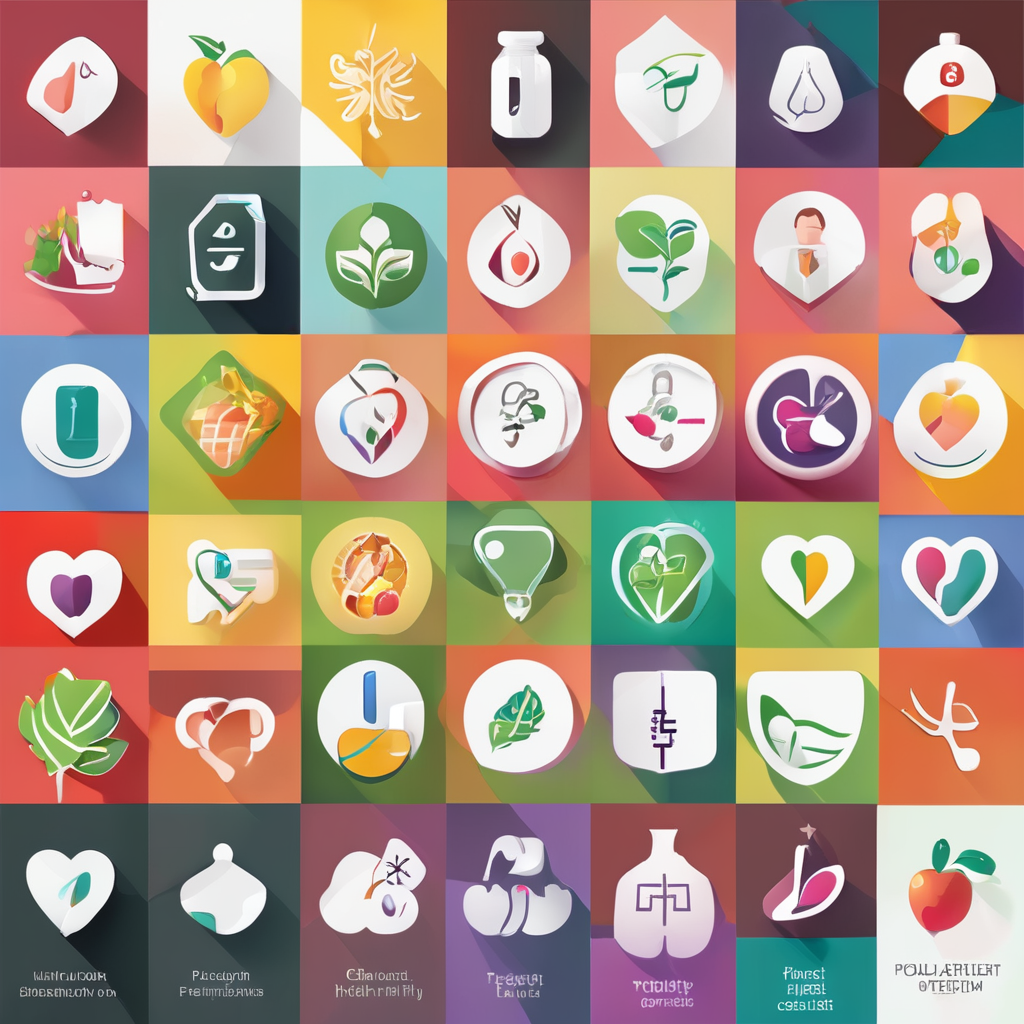Unlocking the Power of Cold Showers: Do They Really Enhance Immunity and Alleviate Muscle Pain?
As we delve into the world of wellness and health, one practice that has garnered significant attention in recent years is the use of cold showers and cold water therapy. From athletes to everyday individuals, many are embracing the idea of starting their day with a cold plunge or ending their workout with an ice bath. But do these practices really live up to the hype? Let’s dive into the details to understand the benefits and mechanisms behind cold water therapy.
What is Cold Water Therapy?
Cold water therapy, often referred to as cold plunge or cold shower therapy, involves the controlled exposure to cold temperatures. This can range from taking a cold shower to immersing oneself in an ice bath. The concept is simple yet powerful: by subjecting your body to cold stress, you trigger a series of physiological responses that can have profound effects on your health.
Also to read : Unlocking the Power of Essential Oils: Do They Help Alleviate Seasonal Affective Disorder Symptoms?
How it Works
When you expose your body to cold water, several immediate changes occur:
-
Blood Vessel Constriction: Cold causes your blood vessels to constrict, which increases blood pressure and forces your circulatory system to work more efficiently. Once you warm up, these vessels dilate, leading to a rush of blood flow that can help flush out toxins and metabolic waste[2][3][5].
Also to discover : The Impact of Forest Bathing on Reducing Stress: A Deep Dive into Nature”s Calming Effects
-
Immune System Activation: The stress of cold exposure activates your immune system, increasing the production of white blood cells and other immune components. This can make you less likely to fall ill; a 2016 study showed that participants who took regular cold showers were 29% less likely to call in sick to work[1][2].
Health Benefits of Cold Water Therapy
The benefits of cold water therapy are multifaceted and can impact various aspects of your health.
Enhanced Circulation and Cardiovascular Health
Cold water therapy improves blood circulation by forcing your heart to work harder to maintain your core body temperature. This can lead to stronger arteries and lower blood pressure. The constriction and subsequent dilation of blood vessels help in flushing out toxins and improving overall cardiovascular health[1][2].
Boosts Immunity
As mentioned earlier, cold exposure activates the immune system, increasing the production of white blood cells and other immune components. This can help your body fight off infections and diseases more effectively[1][2].
Improves Skin and Hair
Cold showers can minimize skin inflammation by constricting blood vessels, reducing puffiness, and temporarily shrinking pores. The increased blood circulation also gives your skin a healthy, natural glow and revitalizes your complexion[1].
Muscle Recovery and Inflammation
Cold water therapy is particularly beneficial for athletes and individuals who engage in intense physical activity. By causing blood vessels to constrict, it reduces blood flow to injured areas, which helps in reducing swelling, inflammation, and muscle soreness. This process also boosts the immune response and produces more anti-inflammatory chemicals[1][3][5].
Mental Health and Cognitive Function
The benefits of cold water therapy extend beyond physical health; it also has a significant impact on mental well-being.
Reduces Symptoms of Depression
Cold water has a positive effect on mood, stress, and overall well-being. It increases parasympathetic activity, reducing cortisol levels and increasing the levels of neurotransmitters like dopamine and endorphins. This can help alleviate symptoms of depression and improve mental health[1][3].
Increases Mental Alertness and Reduces Fatigue
Cold water improves circulation and oxygen flow to the brain, enhancing cognitive function and alertness. Many practitioners of cold plunge therapy report feeling more active, alert, and attentive after regular exposure to cold water[1][3].
Practical Insights and Actionable Advice
If you’re considering incorporating cold water therapy into your routine, here are some practical tips to get you started:
Starting Slow
- If you’re new to cold water therapy, start with warm showers and gradually decrease the temperature. This helps your body adapt to the cold stress.
- Begin with short sessions (2-3 minutes) and gradually increase the time as you become more comfortable[3].
Frequency and Duration
- Aim for at least 10-20 minutes of cold water immersion per session. However, even short bursts can be beneficial; the key is consistency.
- Dr. Susanna Soberg recommends a minimum of 11 minutes of cold-water therapy per week for optimal health benefits[3].
Safety Precautions
- Always consult with a healthcare professional before starting any new therapy, especially if you have underlying health conditions.
- Ensure you warm up properly after a cold shower or ice bath to avoid hypothermia.
Table: Comparing the Benefits of Cold Water Therapy
| Benefit | Description | Sources |
|---|---|---|
| Enhanced Circulation | Improves blood flow, strengthens arteries, and lowers blood pressure. | [1][2][3] |
| Boosts Immunity | Increases white blood cell production and activates the immune system. | [1][2] |
| Improves Skin and Hair | Reduces inflammation, shrinks pores, and gives skin a healthy glow. | [1] |
| Muscle Recovery | Reduces swelling, inflammation, and muscle soreness. | [1][3][5] |
| Mental Health | Reduces symptoms of depression, increases mental alertness, and reduces fatigue. | [1][3] |
| Weight Loss and Metabolism | Activates brown fat, increasing calorie burn and improving metabolic health. | [1][3] |
| Reduced Inflammation | Helps in reducing inflammation, particularly beneficial for varicose veins. | [2][3] |
| Improved Cognitive Function | Enhances cognitive function and alertness. | [1][3] |
Quotes from Experts
-
“Cold water therapy is best used for recovery to allow for increased running frequency or to prepare you for optimal running performance – ie a race or PB attempt.” – Kett, as quoted in Runner’s World[3].
-
“Research shows that the stress of a short, cold-water dip primes the immune system to deal with a threat and thus is beneficial, but too much exposure can actually lead to immunosuppression.” – Hellyer, as quoted in Runner’s World[3].
Real-Life Examples and Anecdotes
One of the most compelling examples of the benefits of cold water therapy is the story of Wim Hof, known as “The Iceman.” Hof has developed a method that includes cold exposure, breathing techniques, and meditation to achieve remarkable physical and mental feats. His method has been studied and adopted by many, highlighting the potential of cold water therapy in enhancing overall health and resilience.
Another example is Justin Hoagland, a former Navy SEAL who went from being wheelchair-bound due to multiple sclerosis to running in road races after adopting a regular ice bath regimen. This dramatic recovery underscores the potential therapeutic benefits of cold plunge therapy for autoimmune conditions[4].
Cold water therapy is more than just a trend; it is a scientifically-backed practice that offers a myriad of health benefits. From enhancing circulation and boosting immunity to alleviating muscle pain and improving mental health, the advantages of incorporating cold showers or ice baths into your routine are numerous.
As you consider adding this practice to your daily regimen, remember to start slow, be consistent, and always prioritize your safety and health. With the right approach, you can unlock the full potential of cold water therapy and experience the transformative effects it can have on your body and mind.











